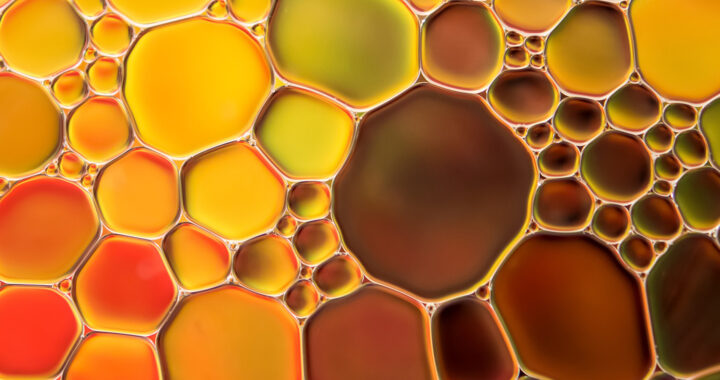Scientists have long known that the skin can sometimes grow new hair after an injury. But they did not fully understand how skin cells “know” when to start regenerating. Researchers from the National Taiwan University, led by Sung-Jan Lin, looked for the exact signals that tell hair follicle stem cells, the cells that make new hairs, to wake up and start growing again. Their findings were published on 22 October 2025 in Cell Metabolism.
From Fat to Hair: The Regeneration Discovery No One Expected
Scientists have uncovered how skin fat cells release monounsaturated fatty acids that awaken dormant hair follicle stem cells after injury. The discovery reveals a hidden communication line between immune cells, fat tissue, and stem cells, suggesting new ways to promote natural hair regeneration.
Discovering the Role of Fat Cells in Hair Growth
The researchers started their investigation by examining what happens inside the skin right after it gets wounded. They noticed that certain immune cells, specifically macrophages, quickly moved to the damaged area to clean up debris and help with wound healing. This was the first indication that the immune system might somehow trigger regeneration.
Moreover, when they looked more closely under the microscope, they found that the fat cells under the skin began to change soon after these immune cells arrived. The fat cells were breaking down stored fat into smaller molecules. This process is called lipolysis. The researchers wondered if the released fatty acids could be sending messages to nearby cells.
The idea was then tested using genetic and chemical tools to block the macrophages from sending their signals. When they did this, the fat cells stopped releasing fatty acids, and hair regrowth did not happen. That showed that macrophages were necessary to activate the response of the fat cells after physical trauma from wounds or other causes of injury.
Furthermore, after analyzing the fatty acids being released, the researchers discovered that monounsaturated fatty acids or MUFAs were the ones that increased the most. These specific fats seemed to be the main ingredients connecting fat breakdown to hair growth. Note that MUFAs are the same fatty acids abundant in olive oil and avocado oil.
The researchers then focused on the hair follicle stem cells. They discovered that these stem cells absorbed the MUFAs using a surface transporter protein called CD36. Moreover, once inside the cells, the fats boosted the metabolism of the cells by turning on a molecule called PGC-1α, which makes more mitochondria, thereby giving them more energy to grow.
Practical Applications on Hair Loss and Regeneration
Results of experiments using a mouse model revealed that blocking macrophage signals or fat cell lipolysis halted hair regrowth. In addition, when the researchers applied monounsaturated fatty acids directly to the skin, the hair began to regrow even without prior injury. This suggests that the topical application of fats alone could stimulate hair follicle regeneration.
The aforementioned findings establish a complete communication and process chain that connects the immune system, fat tissue or fat cells, and stem cells. This macrophage-to-adipocyte-to-hair follicle axis demonstrates that metabolism and tissue repair are deeply connected, and that fat-derived molecules can serve as powerful natural signals for regeneration.
Note that the study hints at practical possibilities. Specifically, because topical MUFA treatment alone triggered hair growth in mice, future research could explore whether similar formulations might safely stimulate hair regeneration or wound healing in humans. Extensive testing is still required before such therapies can be considered viable and safe.
In addition, beyond skin repair or wound healing and hair regrowth, the researchers believe similar mechanisms may operate in other organs surrounded by adipose tissue. These results expand understanding of how fat communicates with stem cells and suggest that fat metabolism may coordinate tissue healing across multiple body systems after injury.
The researchers, specifically Sung Jan-Lin and Kang-Yu Tai, who have filed a patent related to this discovery, emphasized that human studies are necessary to confirm the effects. Differences in skin structure and immune responses mean that translating these results into medical or cosmetic use will require careful investigation and thorough safety evaluation.
FURTHER READING AND REFERENCE
- Tai, K.-Y., Chen, C.-L., Fan, S. M.-Y., Kuan, C.-H., Lin, C.-K., Huang, H.-W., Lee, H.-W., Wang, S.-H., Chang, N.-W., Lin, J.-D., Chang, C.-F., Yang, K.-C., Plikus, M. V., and Lin, S.-J. 2025. “Adipocyte Lipolysis Activates Epithelial Stem Cells for Hair Regeneration Through Fatty Acid Metabolic Signaling.” Cell Metabolism. DOI: 1016/j.cmet.2025.09.012
